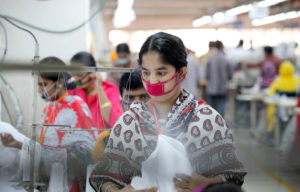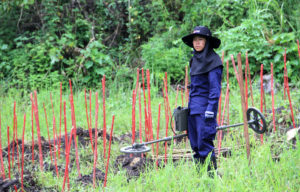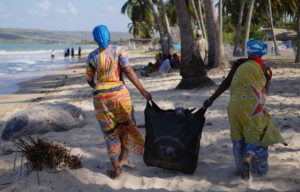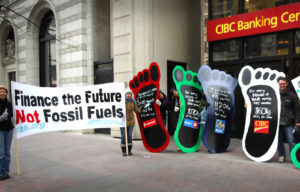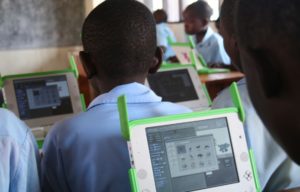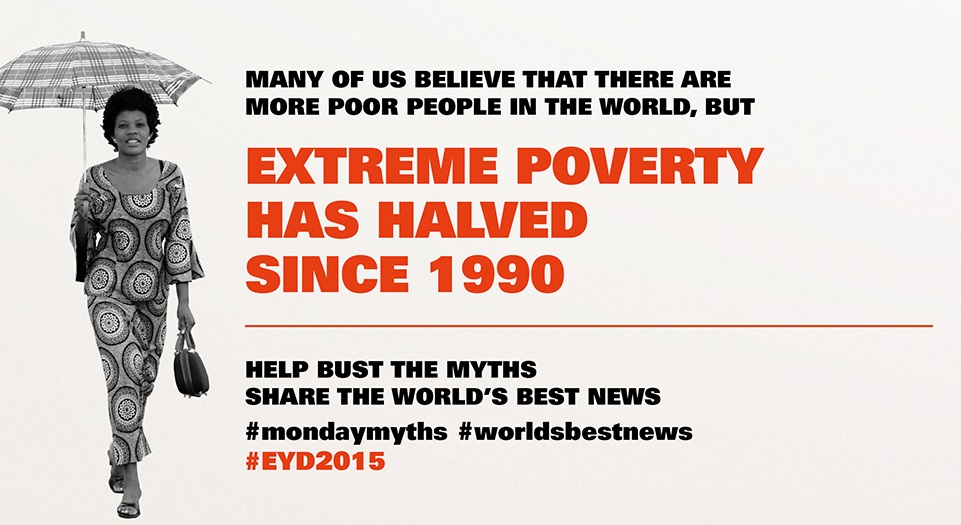
Poverty may be history in 2030
In just 20 years, 700 million poor people have already escaped extreme poverty. And by 2030, poverty might be nothing more than a word in the history books, according to the World Bank. Nevertheless, Danes still hold many misconceptions about the topic of poverty.
Share
A world without poverty
Does this sound far-fetched? According to the World Bank, it is actually possible to eliminate poverty in 2030. You can read more in the report Prosperity for all: Ending Extreme Poverty.
#MondayMyths
World’s Best News is on a mission. We want to bust some of the most stubborn myths about developing countries that many of us believe in and spread. For example, only 11 percent of Danes know that nine in ten children in developing regions attend school, and 67 percent do not believe that we are seeing progress in the fight against poverty – even though the proportion of extreme poor has in fact been halved globally. We risk that such myths hold back world development, and therefore it is important to clear them up.
Other categories
79 percent of Danes do not believe that the world will succeed in solving most of the global hunger and poverty problems. That is one of the findings of the latest opinion poll conducted each year by World’s Best News, in order to track public opinion of the situation in developing countries.
“The number is not surprising, considering that mainstream media primarily covers sudden disasters, violent civil wars, and terrorist attacks in developing regions. But actually, the world has taken great strides in the right direction, especially in the fight against poverty,” explains Thomas Ravn-Pedersen, Head of MDG Campaign at World’s Best News.
700 million got better opportunities
15 years ago, world leaders agreed on an ambitious plan: Halving extreme poverty worldwide. That commitment was the first of eight Millennium Goals, starting at the turn of the millennium and coming to a close this year.
The goal of poverty reduction was also the first to be achieved – five years before the target date.
Back in 1990, 1.9 billion people lived in extreme poverty in the world’s developing regions. That meant 47 percent of the population of those countries. In 2010, the proportion had been halved to 22 percent, according to the latest status report. This amounts to 700 million people having been lifted above the limit of $1.25 a day which the UN defines as extreme poverty. The results are adjusted for population growth and can be attributed to a combination of many developing countries experiencing massive economic growth, despite the global financial crisis, together with more foreign investment, and a more equal distribution of new resources than previously.
The other half must join in
Even though this achievement is often praised as one of the most remarkable achievements in global development history, the fact remains that 1.2 billion people still live for less than 1.25 US dollars a day. This income has to cover expenses for food, shelter, medical bills and school fees, etc. Most of the world’s poor are concentrated in just five countries: In 2010, a third lived in India. China lifted 680 million Chinese out of poverty from 1981 to 2010, but still has about 13 percent of world poor, which places the country as number two on the world poverty scale. Next is Nigeria with nine percent poor, while Bangladesh and the Democratic Republic of Congo have five percent each. Taken together, these five countries are home to approximately 760 million people who must make ends meet with less than 1.25 dollars a day.
Growth is not enough
World leaders will gather in New York this September to make a new plan for the world’s development in the coming 15 years. The overarching goal has already been made public: To eliminate poverty before 2030.
It might sound impossible, but this goal is actually within reach. According to the World Bank, the proportion of poor people on the planet may fall as low as three percent in 15 years.
But economic growth alone will not be sufficient to lift 50 million people above the poverty limit every year until 2030. It will take a targeted effort to reach the 1.2 billion people who did not manage to escape poverty in the first wave. First and foremost, their basic needs must be met, such as clean water, sanitation, and access to medical services, as well as access to employment. When these needs are met, the poorest part of the population will have more of the resources and energy needed to lift themselves above the universal limit of extreme poverty. In other words, growth policies must be combined with programmes and strategies that also include the very poorest people in the plans for economic development.
